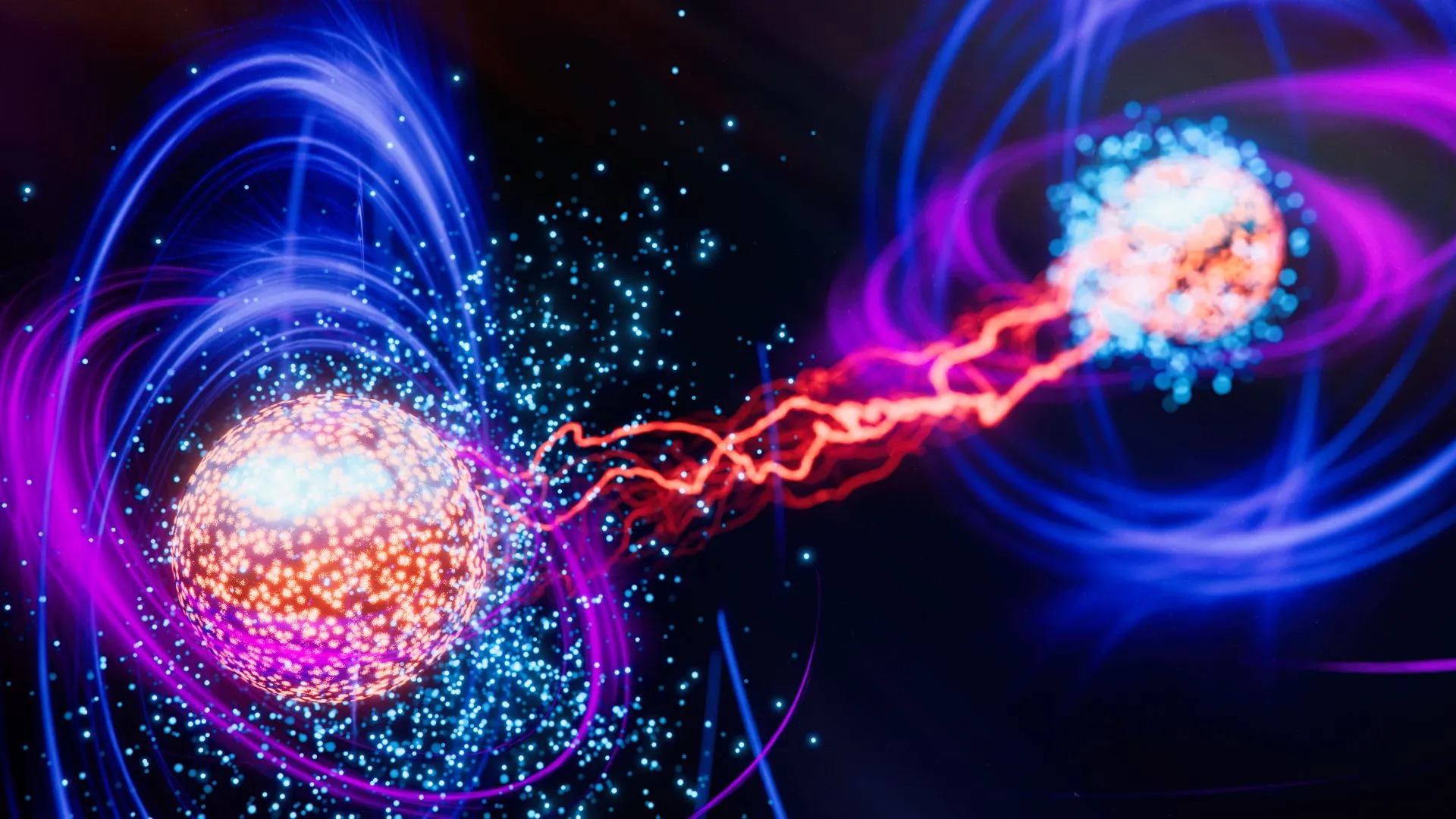
Researchers in Australia have successfully created ‘quantum entangled states’ between two distant atoms in silicon. Engineers from the University of New South Wales were able to create the entangled states using electrons as a bridge.
Quantum entangled state is a physics phenomenon where two separate particles become so deeply linked that they no longer behave independently.
The step achieved by UNSW engineers is a significant advancement in quantum computing and can help build large-scale quantum computers – one of the most exciting scientific and technological challenges of the 21st century.
Potential to build the future microchips
Researchers created quantum entangled states using the spins of two atomic nuclei. The achievement could also unlock the potential to build the future microchips needed for quantum computing using existing technology and manufacturing processes.
“We succeeded in making the cleanest, most isolated quantum objects talk to each other, at the scale at which standard silicon electronic devices are currently fabricated,” said lead author Dr Holly Stemp.
Two-qubit controlled-Z logic operation
Published in the journal Science, the study demonstrated a two-qubit controlled-Z logic operation between the nuclei of two phosphorus atoms in a silicon device, separated by up to 20 nanometers.
Each atom binds separate electrons, whose exchange interaction mediates the nuclear two-qubit gate.
“We prepared and measured a nuclear Bell state with a fidelity of 76−5+5% and a concurrence of 0.67−0.05+0.05. With this method, future progress in scaling up semiconductor spin qubits can be extended to the development of nuclear spin–based quantum computers,” said researchers in the study.
“Most people think of an electron as the tiniest subatomic particle, but quantum physics tells us that it has the ability to ‘spread out’ in space, so that it can interact with multiple atomic nuclei,” said Dr Holly Stemp, who conducted this research at UNSW and is now a postdoctoral researcher at MIT in Boston.
“Even so, the range over which the electron can spread is quite limited. Moreover, adding more nuclei to the same electron makes it very challenging to control each nucleus individually.”
Until now, nuclei were like people placed in a soundproof room
Stemp highlighted that by way of metaphor, one could say that, until now, nuclei were like people placed in a soundproof room.
They can talk to each other as long as they are all in the same room, and the conversations are really clear. But they can’t hear anything from the outside, and there’s only so many people who can fit inside the room, according to Stemp.
“With this breakthrough, it’s as if we gave people telephones to communicate to other rooms. All the rooms are still nice and quiet on the inside, but now we can have conversations between many more people, even if they are far away,” said Stemp.
The ’telephones’ are, in fact, electrons.
Mark van Blankenstein, another author on the paper, explained that by their ability to spread out in space, two electrons can ‘touch’ each other at quite some distance. “And if each electron is directly coupled to an atomic nucleus, the nuclei can communicate through that,” said Blankenstein.
Researchers also pointed out that the method is remarkably robust and scalable. They just used two electrons, but researchers claimed that in the future, they can even add more electrons, and force them in an elongated shape, to spread out the nuclei even further.



